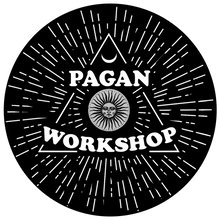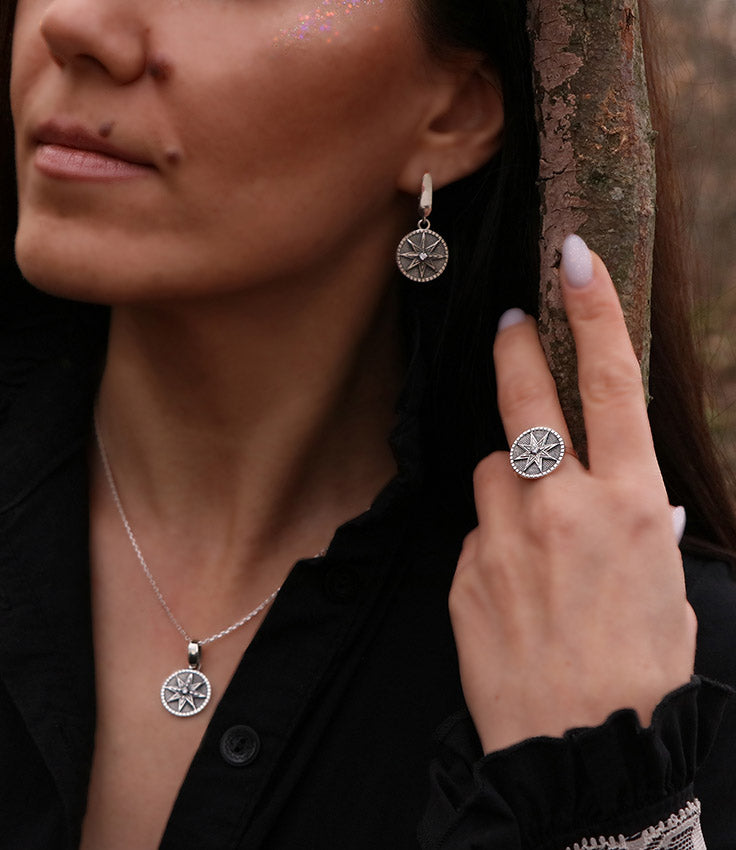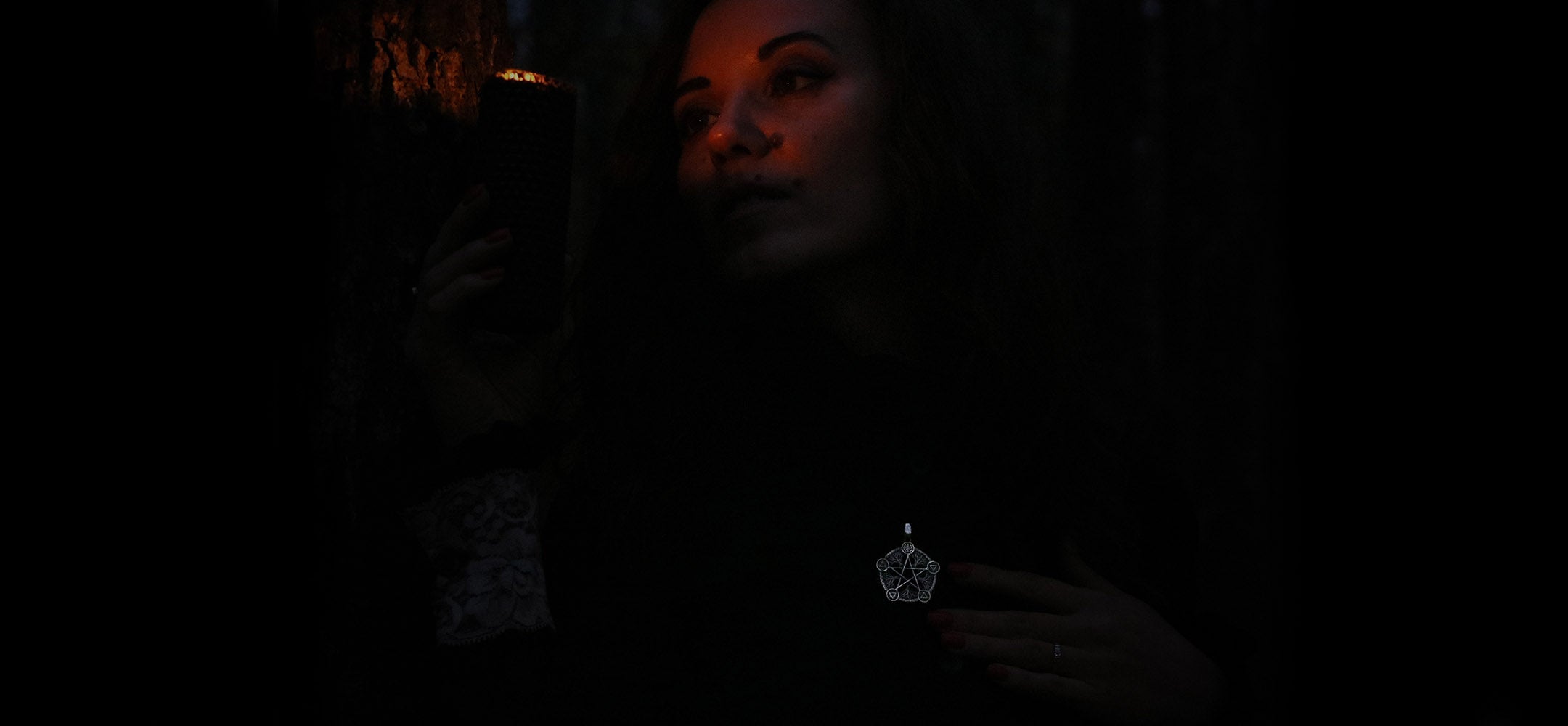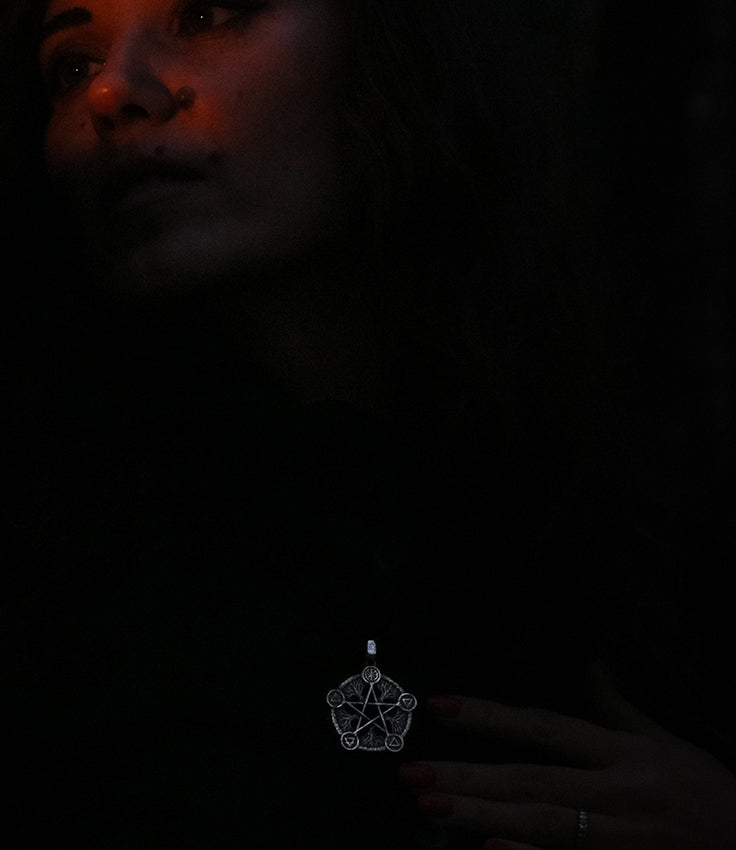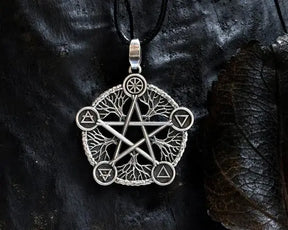Light and fire hold profound symbolic importance in the celebration of Imbolc, a festival marking the midpoint between winter and spring. In Celtic tradition and modern pagan practices, these elements represent purification, renewal, and the returning strength of the sun after the dark days of winter. Here’s a deeper look at the meaning and role of light and fire during Imbolc:
The Return of Light
Imbolc is a time when daylight is noticeably increasing after the long winter solstice, heralding the coming of spring. The lengthening days symbolize the renewal of life, fertility, and growth. Celebrants light candles, lamps, or fires to welcome the sun's return, representing hope, warmth, and the end of winter's darkness. This is why Imbolc is often called a "festival of light."
In ancient times, people relied on firelight during the cold months for both survival and symbolic protection. Lighting candles during Imbolc not only physically illuminates the home but also spiritually brightens the mind and soul, driving away the darkness of doubt, fear, or negativity.
Imbolc Fire Rituals
Fire rituals are central to Imbolc celebrations. Traditionally, bonfires were lit outdoors in honor of the goddess Brigid, who is closely associated with fire, hearth, and healing. As a goddess of smithcraft, poetry, and healing waters, Brigid’s fiery aspect also represents transformation, creativity, and inspiration. Lighting a fire in her honor invokes her protection and blessings for the household and community.
Participants often leap over or walk around bonfires as part of purification rituals, believing the fire cleanses them of any negativity or impurities from the past year. In modern practices, these outdoor fires may be replaced by lighting candles on altars or throughout the home.
Candles and Hearth Fires
In many pagan traditions, keeping a hearth fire burning continuously during Imbolc was essential for both warmth and symbolic protection. Today, the act of lighting candles can mimic the power of the sacred hearth. The hearth fire represents the heart of the home and family, and it is believed that keeping it alive throughout the winter months invites prosperity, warmth, and protection for the household.
Candles, especially white ones, are frequently used to represent the purifying and renewing power of fire. They can be placed on altars, windowsills, or carried during processions to symbolize the increasing strength of the sun.
Light as a Symbol of Spiritual Awakening
In addition to representing physical warmth and survival, fire during Imbolc is seen as a metaphor for spiritual awakening and transformation. Just as the earth begins to thaw and prepare for new growth, so too do individuals cleanse their minds and spirits of old, stagnant energies. Lighting candles and kindling fires help to ignite inner strength, courage, and creativity, aligning the celebrant with the emerging life force of nature.
Overall, the presence of light and fire at Imbolc serves as a reminder that, while winter still lingers, the world is transitioning toward renewal. These elements connect worshippers with the cycles of nature, and the rituals around them affirm the power of warmth, vitality, and the promise of brighter days ahead.
